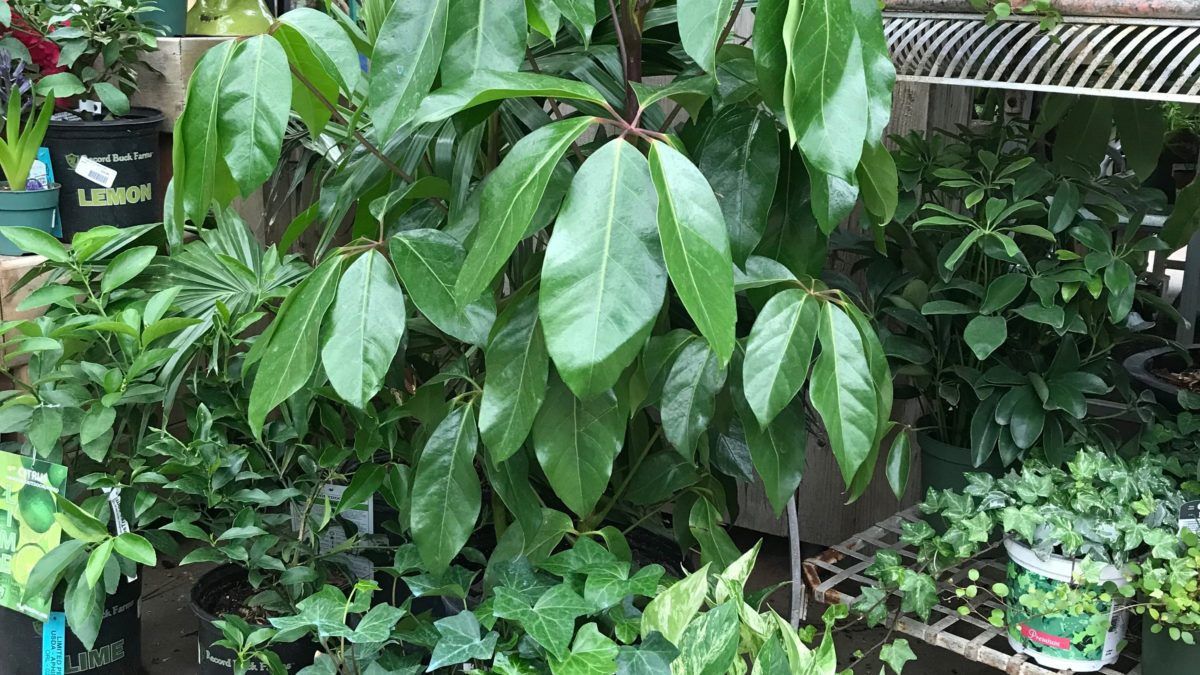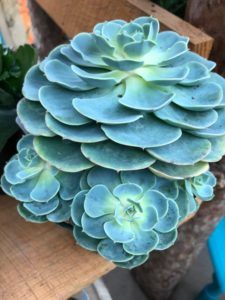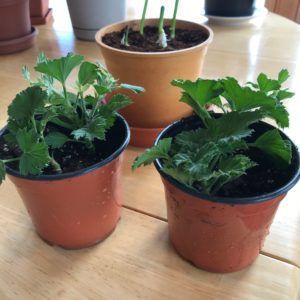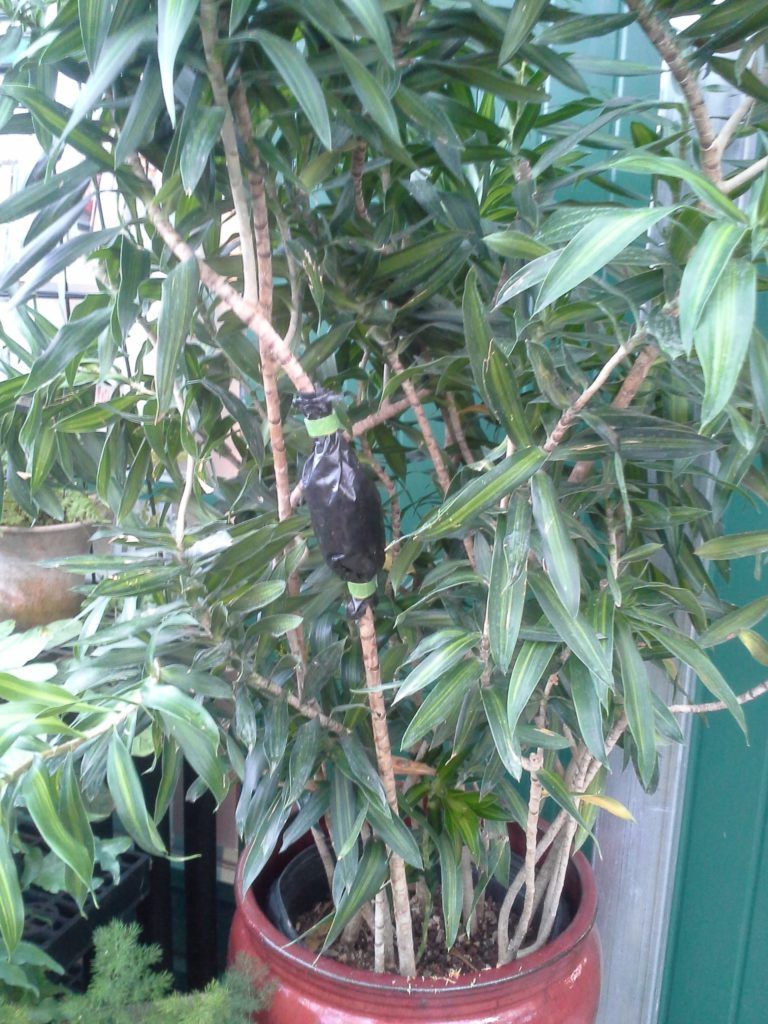Houseplants are hot, especially among millennial gardeners. Having houseplants boosts your mood, cleans the indoor air and increases your sense of well being.
But while the idea of having plants around your home or apartment is appealing, many people struggle caring for them. Depending on your houseplant, they may need little care or lots of care.
We’ve already blogged about the five best houseplants to choose and how to create your own houseplants, so let’s take a look at how to care for indoor plants!
How to take care of houseplants
Watering
When you’re taking care of houseplants, it’s good to know their water requirements.
Many houseplants, such as schefflera and prayer plants, need a moist, but not wet soil, while others, such as aloe, geraniums and echeveria, like to dry out between waterings.
In spring, you’ll need to up your watering game, adding a bit more as the houseplants start putting on new growth. But remember, the biggest mistake houseplant owners make is over watering, so don’t go crazy! Always check the moistness of the soil with your fingers before watering. The soil should be dry a few inches deep before you water.
Fertilizing
Spring is a good time to fertilize your houseplants. As they put on new growth, they’ll need more food. Most potting soils don’t have much fertilizer in them. Use a time release or water soluble fertilizer and follow directions as to the amount and frequency. Use specialty fertilizers for plants such as orchids and citrus.
Repotting
If your houseplants are struggling and have been growing in the same pot for years, it may be time to repot. Gently pull the plant out of the container and look at the roots. If they are swirling around in a circle, tease and prune them so they point outwards and repot, with fresh potting soil, in a container one-size larger than the old one. Water well.
Make More Plants!
Spring is a good time to take cuttings of favorite geraniums, divide baby echeveria plants and air layer big, floor plants. For houseplants such as rubber trees, corn plants and fig trees, air layering is a simple way to make new plants.
Select a branch that when cut off won’t deform the plant. Go down 1 foot from the tip of the branch and remove the leaves where you’ll make the cut. With a sharp knife, make a 2-to 3-inch long cut on one side of the branch into the inner wood. Dust the cut with rooting hormone powder. Cover the cut with moisten sphagnum peat moss and wrap black plastic around the peat moss to keep it moist and dark.
Use VELCRO® Brand Garden Ties and VELCRO® Brand One-Wrap Ties to secure the top and bottom of the plastic to hold it in place. Wait about one month and check for roots developing in the peat moss. Once you see many roots growing, cut off the branch below the wound and pot it up.
We hope this post has made you feel more confident about looking after indoor plants! Check out the full range of VELCRO® Brand Garden Ties here or stay on our blog for more of Charlie Nardozzi’s expert gardening advice!






